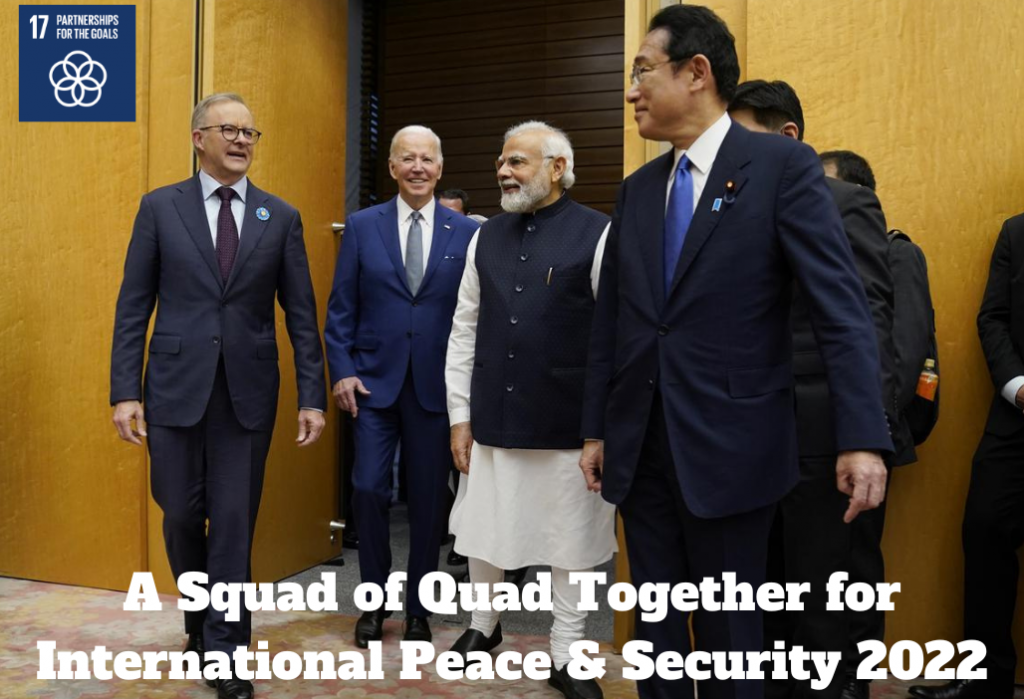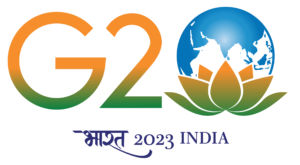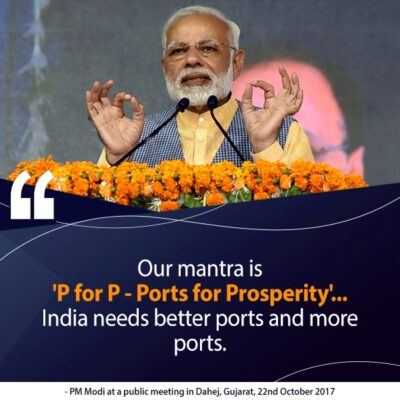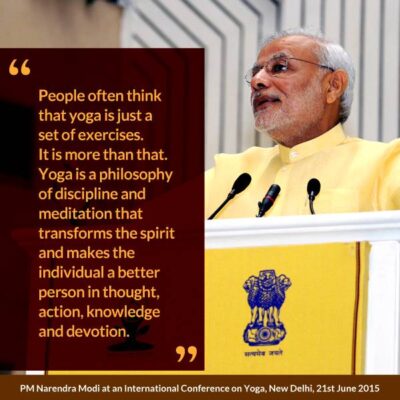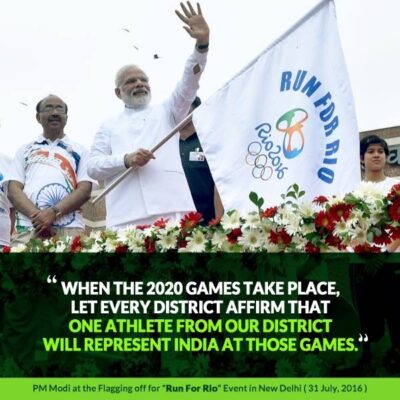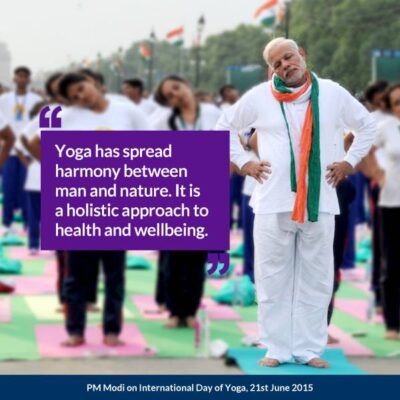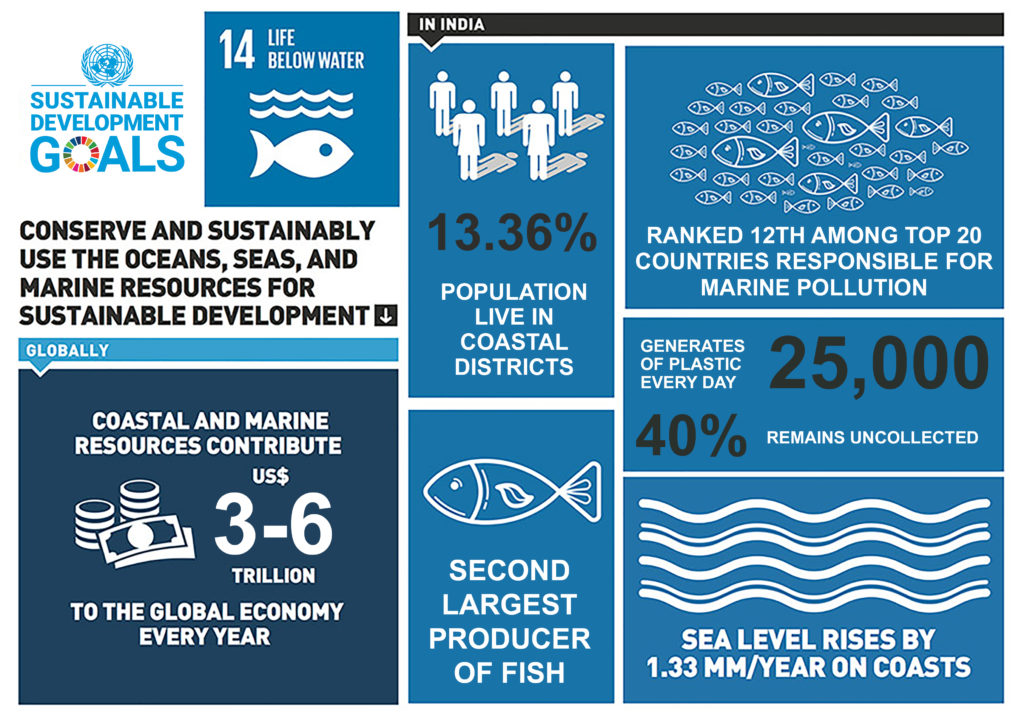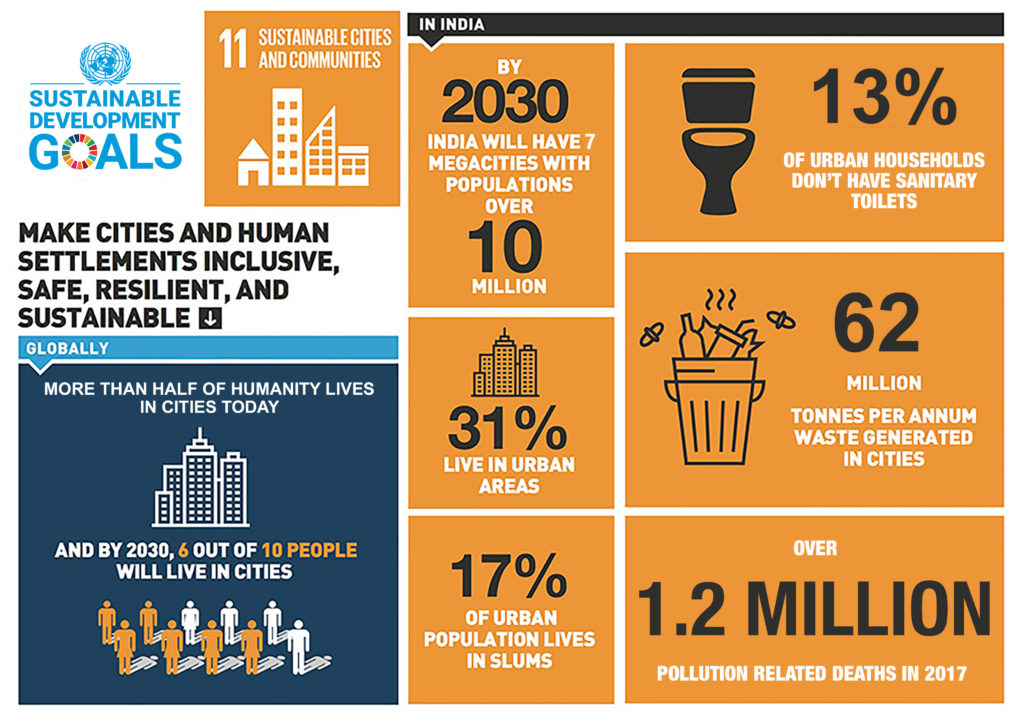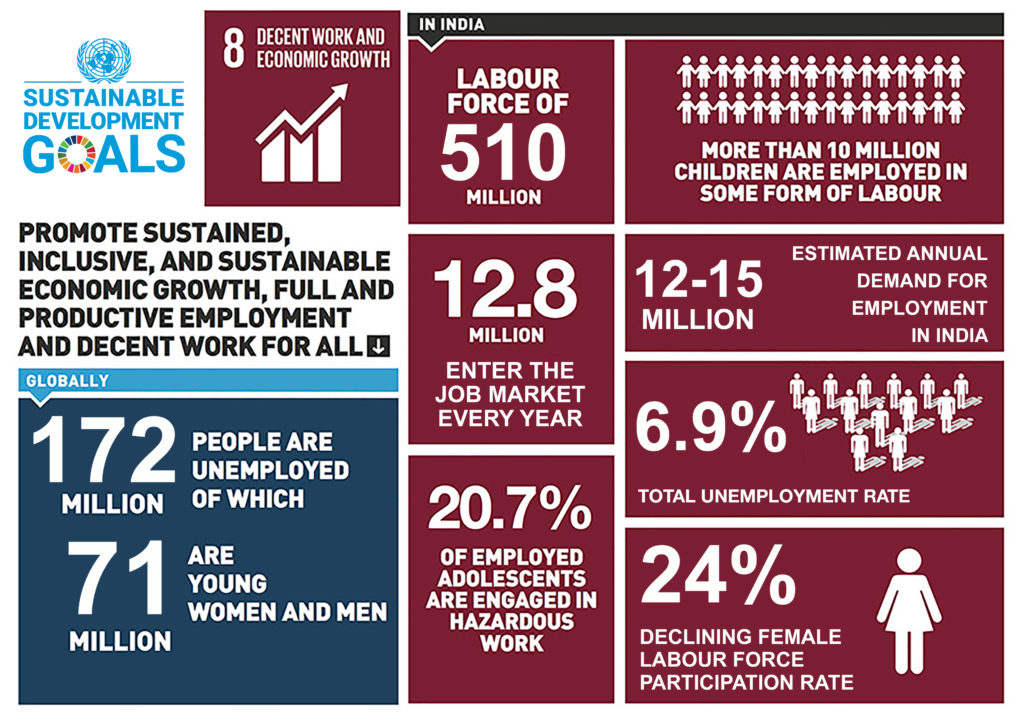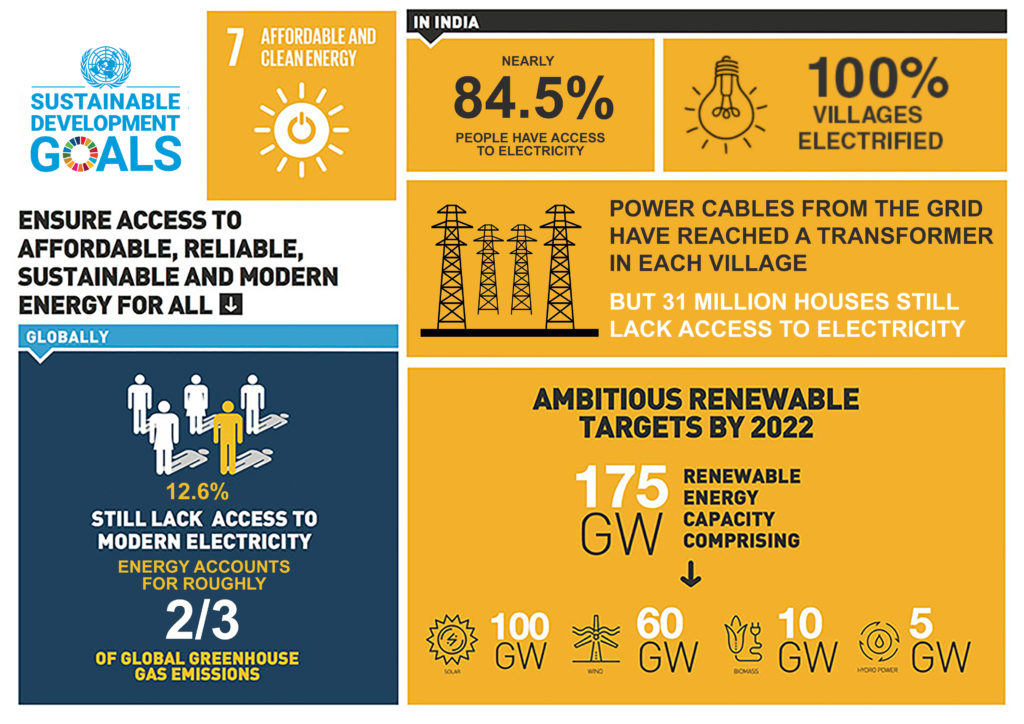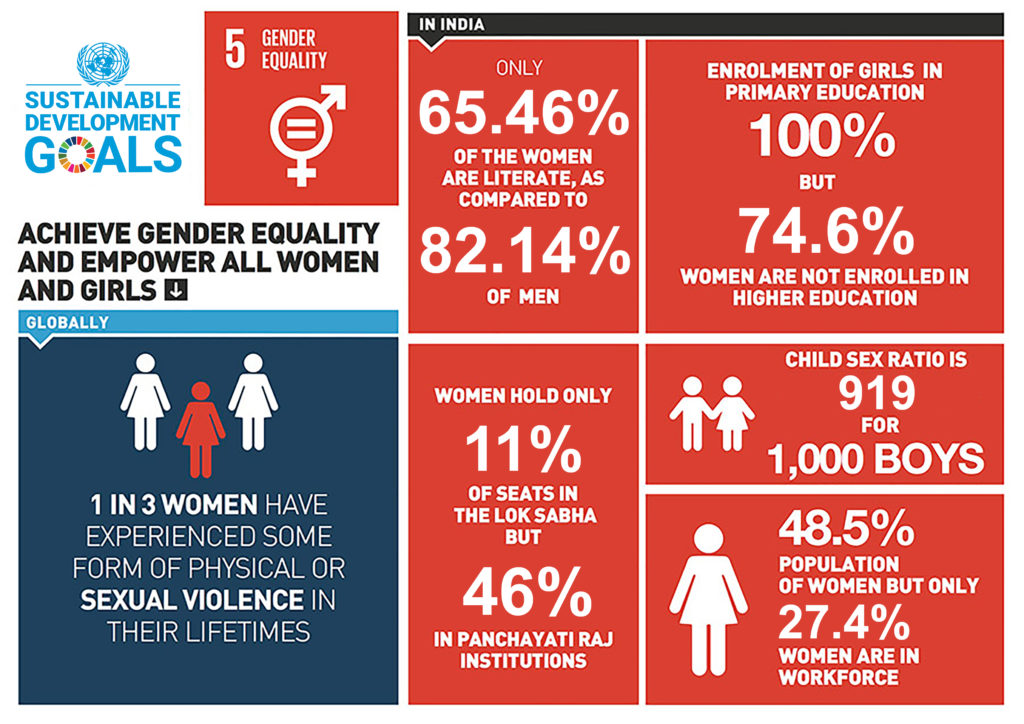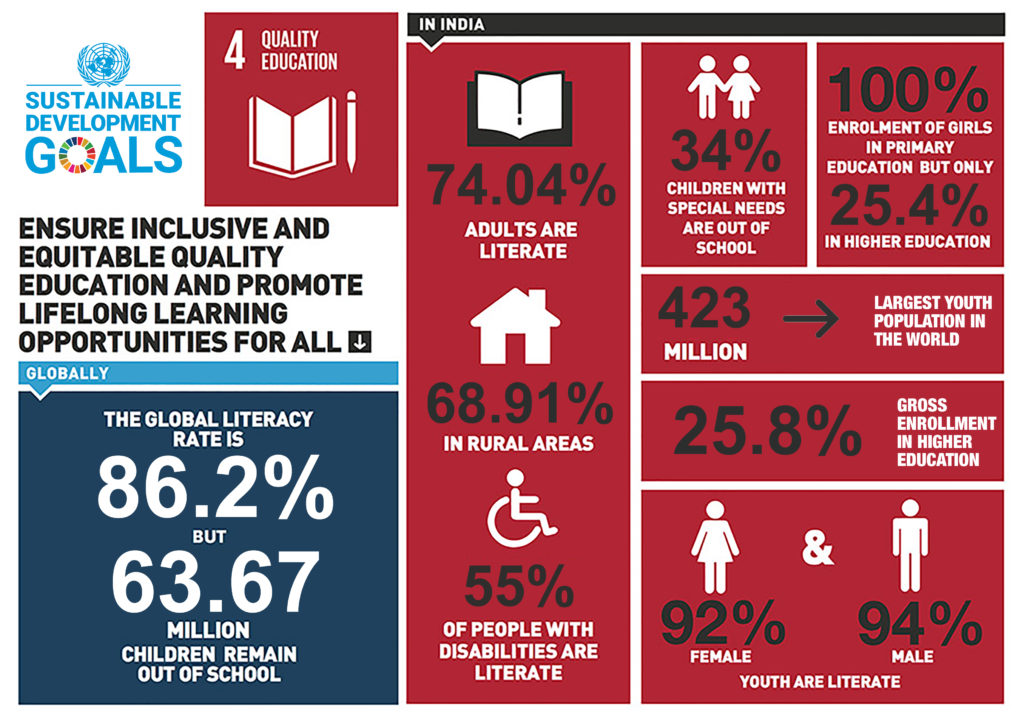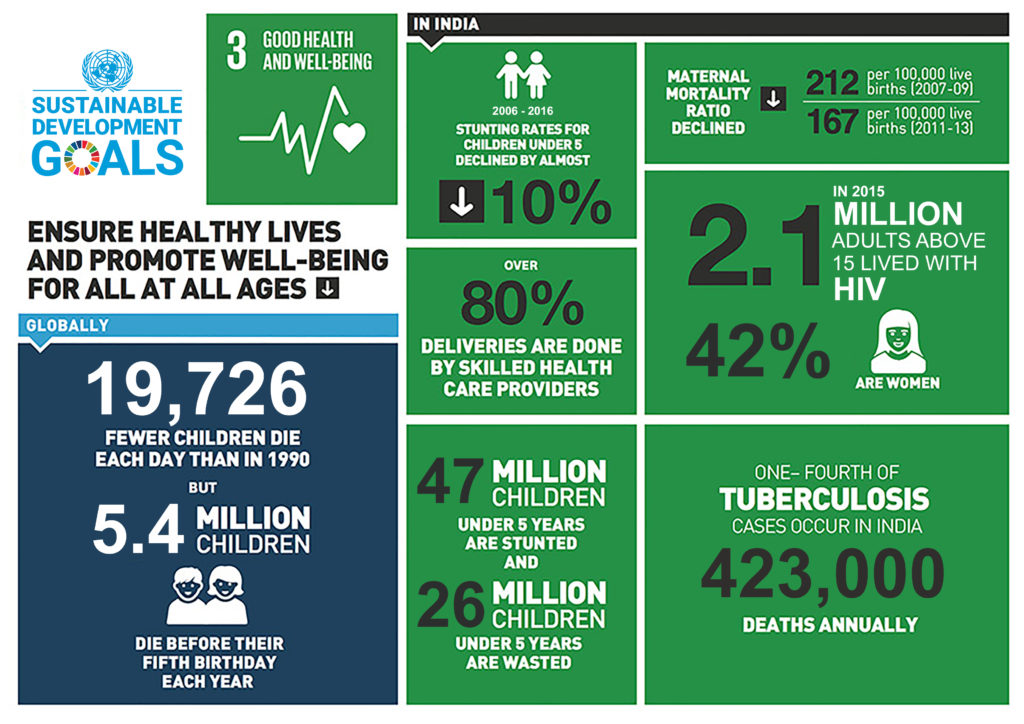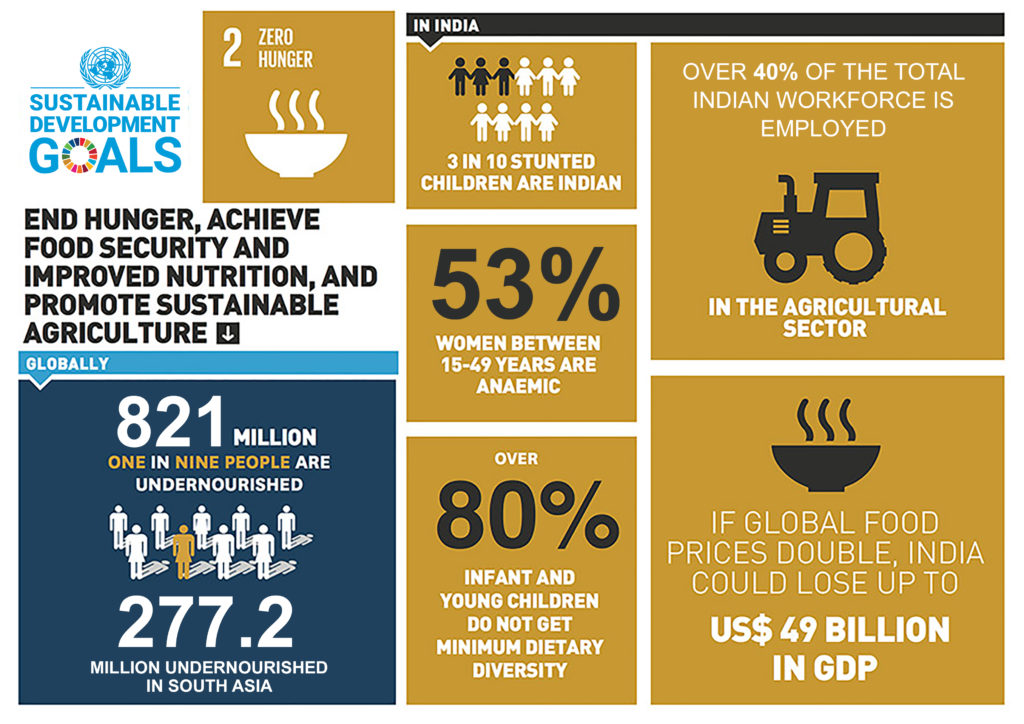What is Nobel Namo?
When I read that Prime Minister of India Narendra Modi is ‘the most popular leader in the world’, I as an Indian, feel delighted and proud. I am attempting here to assess his work from the lens of United Nations Sustainable Development Goals-UN SDGs. That’s what this website is about. Let me explain:
SDG16 is the key global goal for promoting peaceful and inclusive societies for sustainable development. That exactly is the objective of the UN SDGs agreed in 2015. Achieving that objective will need building effective, accountable, and inclusive institutions for providing justice and gainful opportunities for all. 17 UN SDGs are all interlinked. They strengthen the link between Sustainable development and Peace.
Sadly, awarding Nobel Peace Prizes to 140 laureates, including 110 individuals and 30 organisations, during more than 12 decades has not resulted in a peaceful world. A number of Peace laureates, including some of the heads of the states, later were found to be in the middle of regional and global conflicts, prevention of which they got the Nobel Peace Prize.
Even the relentless work of the United Nations, where I worked for two decades, and whose raison d’etre for the last 7 decades was aimed to maintain international peace and security, has proved that Peace is still illusive.
Though these facts do not at all undermine the work of the UN and the Nobel Peace Prize committee, the questions arise: Is peace real? Or it is just an illusion? Can global peace be achieved at all? If so, how the work of messiahs of peace be judged in its true sense? By reforming the United Nations? Or through the changed criteria for Nobel Peace Prize?
My UN experience which includes leading a singularly successful global programme of Ozone Layer protection has convinced me that Heads of State have a significant role to play for peace and sustainable development within the country, in the neighbourhood, in the region and globally. How to assess their work in the world of conflicts, skirmishes, disagreements, and war?
It is my deep-rooted feeling that the way to assess the popularity of any Head of State like Modi is through the lens of 17 SDG and particularly it’s 169 targets and 234 indicators.
This website is a glimpse of such an assessment. Its first case is the most popular head of the state: Prime Minister Narendra Modi of India.
Modi has set the trend of showing the light at the end of the tunnel of conflicts and violence. His work shows that he is struggling to meet the targets of SDGs and living no one behind. Yes, he is human and likely to err. He faces pitfalls. But he never errs by refusing to stand again.
This website is the only website in the world that assesses the performance of the Heads of State through the SDGs lens. Though it started with Modi it would soon be extended to all the 196 Heads of the member-states of the United Nations.
For the first time Actions of Prime Minister of India, Shri Narendra Modi and his government are viewed here from the
Prism of SDGs
Truly ambitious!
SDGs, represent an unprecedented opportunity of planetary scale to
‘Leave no one Behind’!
Midway into the March, the world is still dribbling towards achieving SDGs.
We need a Fire to Accelerate
“Vasudhaiva Kutumbakam”
One Earth · One Family · One Future
“The poor and marginalised have an equal right to energy”
Walk the Talk
Localize the SDGs
On our march to
17 SDGs, 169 Targets & 234 Indicators
We all have responsibility to contribute
Leaving No One Behind!
End poverty in all its forms everywhere
Achieve gender equality and empower all women and girls.
Build resilient infrastructure, promote inclusive and sustainable industrialization and foster innovation.
Take urgent action to combat climate change and its impacts.
End hunger, achieve food security and improved nutrition and promote sustainable agriculture.
Ensure availability and sustainable management of water and sanitation for all.
Reduce inequality within and among countries.
Conserve and sustainably use the oceans, sea and marine resources for sustainable development.
Ensure healthy lives and promote well-being for all- at all ages
Ensure access to affordable, reliable, sustainable and modern energy for all.
Make cities and human settlements inclusive, safe, resilient and sustainable.
Protect, restore and promote sustainable use of terrestrial ecosystems, sustainably manage forests, combat desertification, & halt & reverse land degradation & biodiversity loss.
Ensure inclusive and equitable quality education and promote lifelong learning opportunities for all.
Promote sustained, inclusive and sustainable economic growth, full and productive employment and decent work for all.
Ensure sustainable consumption and production patterns.
Promote peaceful and inclusive societies for sustainable development, provide access to justice for all and build effective, accountable and inclusive institutions at all levels.
Strengthen the means of implementation and revitalize the Global Partnership for Sustainable Development.










